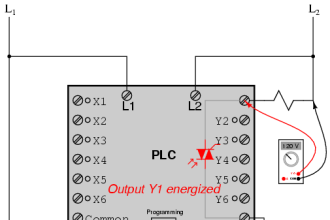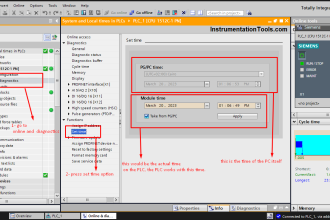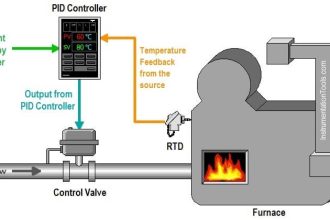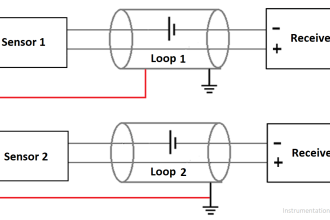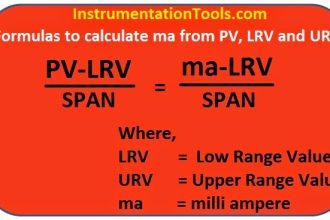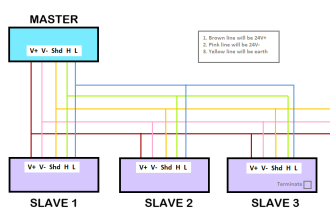Direct Method & Constructing of Liapunov for the Linear & Non-Linear System
1. If the Liapunov’s function cannot be found then the system is:
a) Stable
b) Unstable
c) Conditionally stable
d) Marginally stable
Answer: b
Explanation: It is very difficult to find the Liapunov’s function and several techniques are devised for the same and if the Liapunov’s function is not available then the system is unstable.
2. Liapunov’s stability analysis is for the :
a) LTI system
b) Time variant system
c) Non-linear system
d) Linear system
Answer: c
Explanation: Liapunov’s stability criterion is for the non-linear system.
3. The system is unstable for:
a) W (x)>0; x not equal to zero
b) W (0) =0
c) W (x) has continuous partial derivative with respect to all components of x
d) All of the mentioned
Answer: d
Explanation: It requires much ingenuity of devise a suitable W function to devise a Liapunov function V. In stability analysis of nonlinear systems, it is valuable to establish conditions for which the system is unstable.
4. Liapunov’s stability for non-linear system is same as the Routh Hurwitz criteria for the linear system.
a) True
b) False
Answer: a
Explanation: Liapunov stability is similar in function as the Routh Hurwitz criteria and Silvester’s theorem can be used to prove it.
5. Conditions of ___________ are necessary and sufficient condition for the asymptotic stability of the system.
a) Linear system
b) Krasovskii’s method
c) positive definiteness
d) Variable gradient method
Answer: c
Explanation: For the system to be asymptotic stable which is desired for the Liapunov stability positive definiteness of the system must be fulfilled.
6. It is difficult to form Liapunov’s function for:
a) Linear system
b) Non-linear
c) Time variant systems
d) Time –invariant systems
Answer: b
Explanation: For non-linear system it is difficult to form the Liapunov’s function And we use various method to do this.
7. If the V is positive definite, for the system to be asymptotically stable, Q should be negative definite.
a) Krasovskii’s method
b) Variable gradient method
c) Constant method
d) Non-variable gradient method
Answer: a
Explanation: If the V is positive definite, for the system to be asymptotically stable, Q should be negative definite. For Krasovskii’s method and in addition V should tend to infinity and the system is asymptotically stable in-the large.
8. The method which provides considerable flexibility in finding the Liapunov’s function is:
a) Krasovskii’s method
b) Variable gradient method
c) Constant method
d) Non-variable gradient method
Answer: b
Explanation: Variable gradient method provides considerable flexibility in finding the Liapunov’s function as the quadratic form approach is too restrictive.
9. Liapunov stability analysis is different from the classical theories approach of stability.
a) True
b) False
Answer: a
Explanation: Liapunov’s stability theorem is applied for the non-linear systems but other stability theorems are applied for the linear systems.
10. For non-linear systems the equation for damping factor as in linear system is called _________
a) Krasovskii’s equation
b) Vander Pol’s equation
c) Constant method
d) Non-variable gradient equation
Answer: b
Explanation: For non-linear systems the equation for damping factor as in linear system is called Vander pol’s equation which depends upon x and damping factor has large positive values for this.







